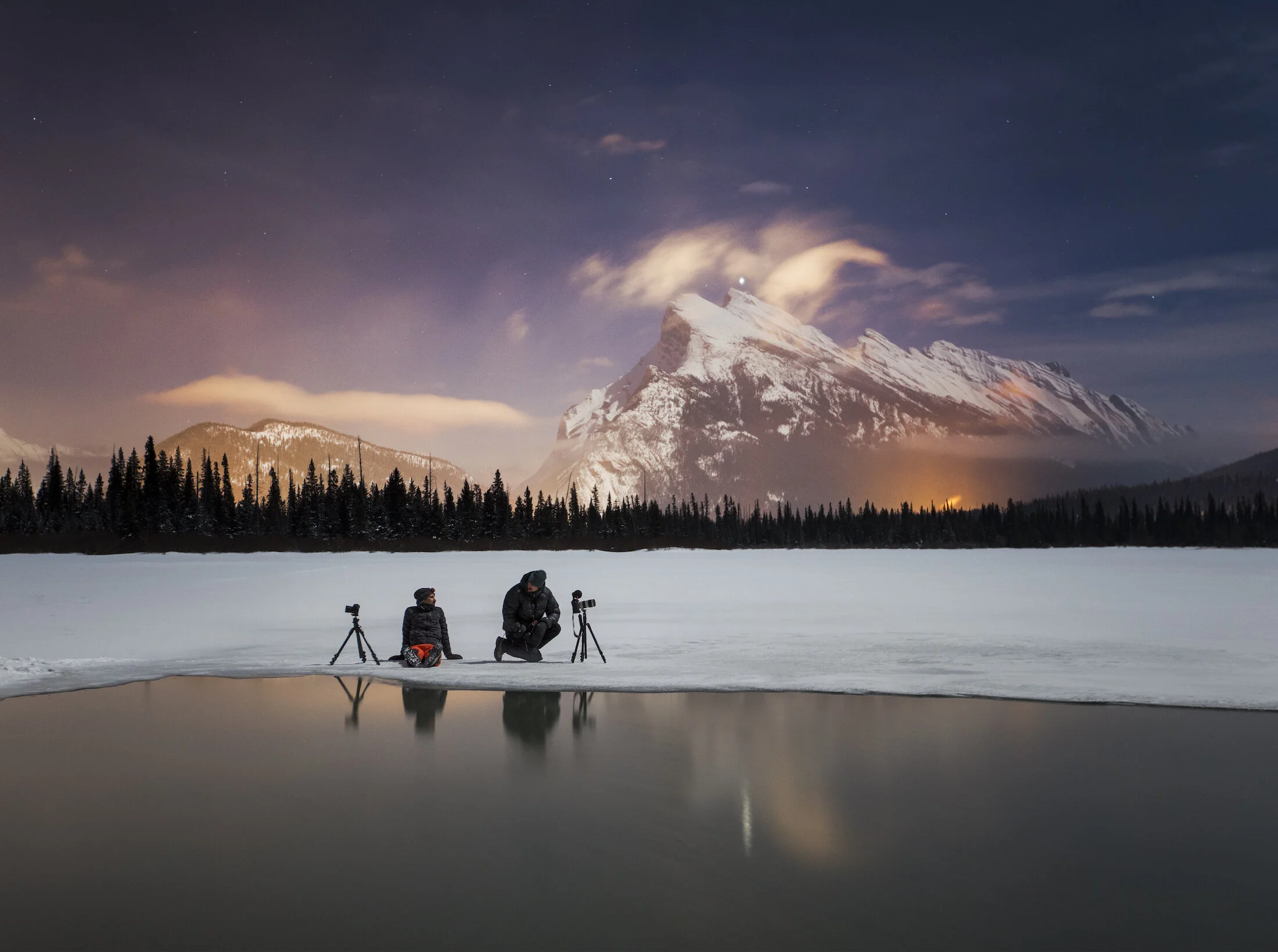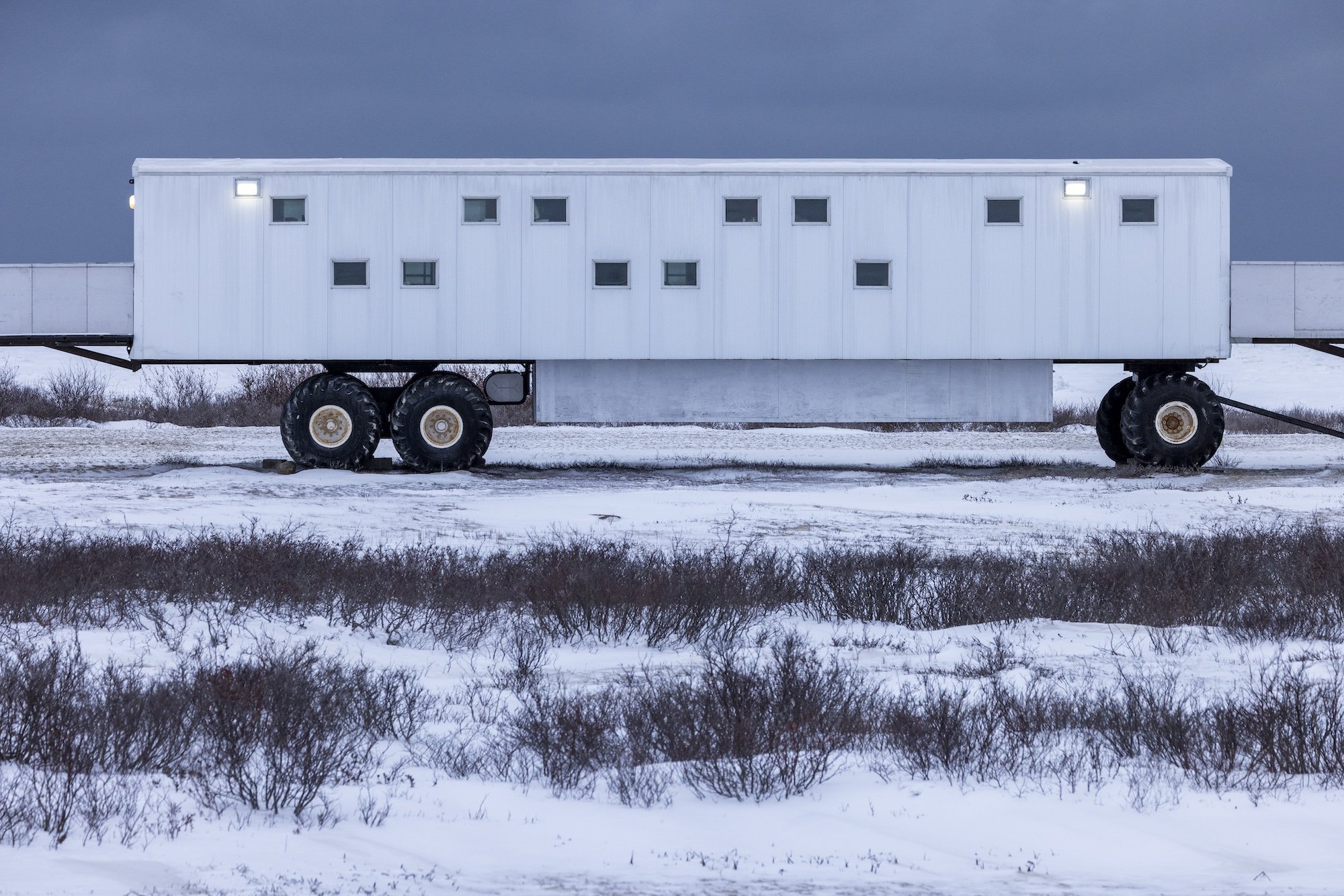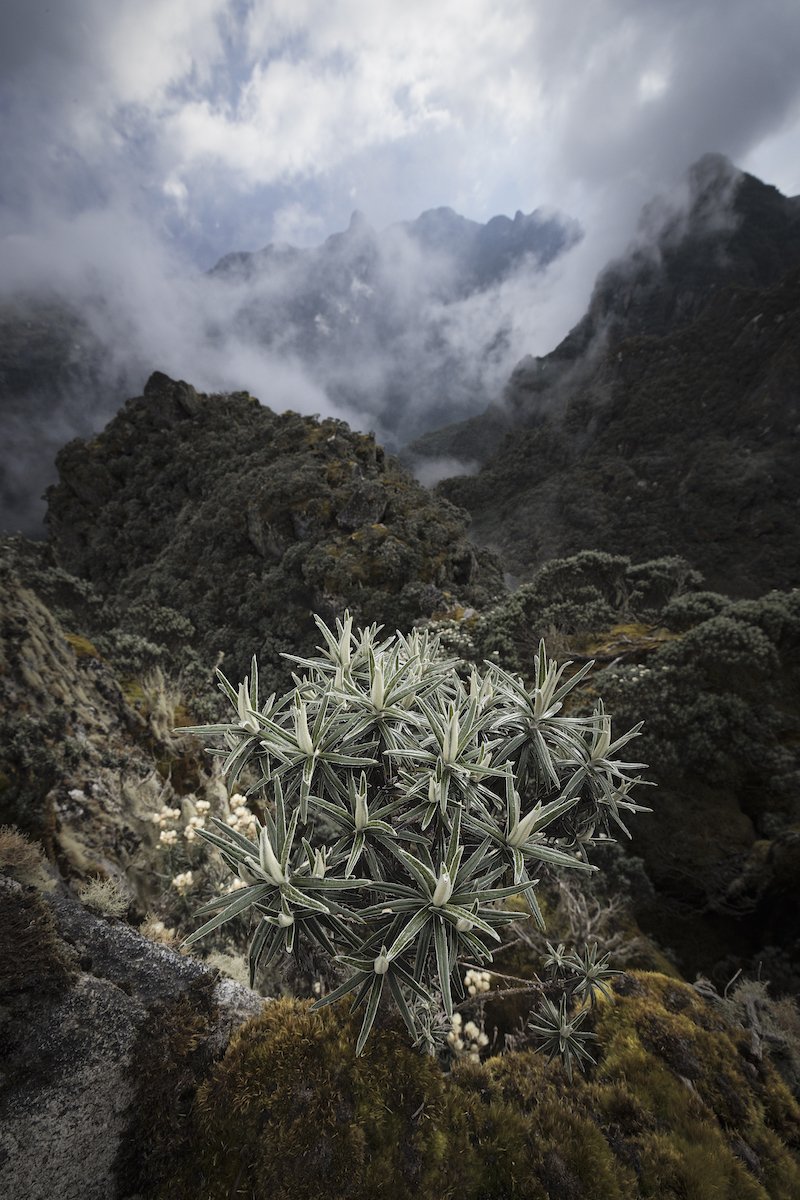
Polar Bears and Northern Lights: Photographing in Churchill, Manitoba
Nestled on the edge of the Arctic, where the icy embrace of the Hudson Bay meets the rugged terrain of the Canadian wilderness, lies Churchill, Manitoba. Known as the "Polar Bear Capital of the World" and a prime destination for witnessing the Northern Lights, Churchill had been on my bucket list for years. I was finally able to make the trip in November 2023.
Nestled on the edge of the Arctic, where the icy embrace of the Hudson Bay meets the rugged terrain of the Canadian wilderness, lies Churchill, Manitoba. Known as the "Polar Bear Capital of the World" and a prime destination for witnessing the Northern Lights, Churchill had been on my bucket list for years. I was finally able to make the trip in November 2023.
If something catches your eye, please check out the Limited Edition print collection on the shop (and reach out to me for any custom prints if you don’t see an image there).
Polar bear walking. Photo by Paul Zizka.
Two polar bears sparring on the tundra. Photo: Paul Zizka.
Housed safely aboard a Frontiers North Tundra Buggy ® I had several days out on the tundra to watch for polar bears, and keep my eyes out for the aurora borealis. Miraculously, everything converged once night and I was able to capture my dream image: a polar bear under the northern lights. What’s more, we had numerous bear sightings, never going more than 10 minutes without seeing one somewhere out there (and often right up next to the buggy).
Frontiers North Tundra Buggy. Photo: Paul Zizka.
Tundra Buggies near Churchill, Manitoba. Photo: Paul Zizka.
Sunset over Frontiers North Tundra Buggy. Photo: Paul Zizka.
Curious polar bear in Churchill, Manitoba. Photo: Paul Zizka.
Polar bear snoozing, Churchill, Manitoba. Photo: Paul Zizka.
A polar bear strikes a regal pose. Photo: Paul Zizka.
One particularly special encounter was witnessing a mother with three cubs. We witnessed an incredibly intimate moment as she nursed them right there in the land. Sadly, one of the cubs was quite emaciated and had a hard time keeping up with the clan. The group became separated and the cub was left on its own, with very little chance of survival. Such is the life on the tundra, which was both humbling and heartbreaking to witness.
A mother bear and three cubs in Churchill, Manitoba. Photo: Paul Zizka.
Three polar bears cubs on the tundra in Churchill, Manitoba. The left-hand one was markedly smaller. Photo: Paul Zizka.
A mother bear nurses three cubs out on the tundra in Churchill, Manitoba. Photo: Paul Zizka.
A mother bear and three cubs in Churchill, Manitoba. Photo: Paul Zizka.
A mother bear scares away a male on the tundra near Churchill, Manitoba. Photo: Paul Zizka.
Mama bear leads her three cubs with another Tundra Buggy ® in the distance. Photo: Paul Zizka.
The stars aligned one night when the aurora borealis came to dance, and not one but two polar bears showed up at the same time. I frantically ran from one end of the buggy to the other trying to capture the scene as the polar bears moved over the tundra. It was one of those moments that, as a photographer, I needed to rely on my ingrained technical knowledge because I had to work very quickly. I am thrilled to have come away with a few shots.
Polar bear under northern lights near Churchill, Manitoba. Photo: Paul Zizka.
Two polar bears under northern lights near Churchill, Manitoba. Photo: Paul Zizka.
The Frontiers North Tundra Buggy under Northern Lights. Photo: Paul Zizka.
I am so grateful to have finally gotten the chance to photograph these remarkable creatures in Churchill, Manitoba. I hope you enjoy the collection.
A mother and cub polar bear near Churchill, Manitoba. Photo: Paul Zizka.
Polar bears cuddling on the tundra near Churchill, Manitoba. Photo: Paul Zizka.
A mother and cub polar bear near Churchill, Manitoba. Photo: Paul Zizka.
If something catches your eye, please check out the Limited Edition print collection on the shop (and reach out to me for any custom prints if you don’t see an image there).
Memories from Africa: Wildlife, Climbing and the Last Glaciers
A collection of my favourite images from a recent photography workshop and photo mission to capture the last ice in Botswana and Uganda.
After a long pause from leading workshops abroad, I was fortunate to embark on two trips in the latter half of 2021. The most recent was a journey to beautiful Botswana, a must-see for landscape and wildlife lovers alike. This particular adventure provided the best of both worlds; it began with an immersive OFFBEAT workshop experience and ended with a personal trip to document some of the only remaining ice on the African continent. Both resulted in memories I will cherish for a long time.
Breathless in Botswana
The workshop went marvellously well. We split our time between the Khwai Private Reserve of the Okavango Delta and Chobe National Park. We were fortunate to spot elephants, big cats, giraffes, hippos, baboons, and birds of many feathers. Since we could never predict which animals we would come across, each game drive and boat cruise provided a completely unique experience. Each of our participants went home with thousands of photographs of dozens of animals. For me, the most memorable encounters involved cheetahs, elephants, and lions bathing in magical African light.
One of Covid’s silver linings has been renewed appreciation. While I recognized the value of travel prior to the pandemic, it all felt a touch more special this time around. Whether gathering with old friends, meeting new faces, teaching again, drinking local coffee, or sitting quietly with a lion—it all seemed even more precious.
If you’ve never been to Botswana, you absolutely need to add it to your bucket list. Everything about this country, from its diverse landscapes and animals to its generous people, will leave you breathless.
A mother and baby elephant in Chobe National Park, Botswana. Photo by Paul Zizka Photography.
The Mountains of the Moon
After wrapping up the workshop, I embarked on a personal journey to find and photograph the last remnants of ice on the African continent. I chase ice because of its surreal beauty, its impact on the land and its people, and because it's so quickly disappearing. Chasing ice in Africa led me deep into the Rwenzori Mountains, located on the border between Botswana and Uganda. They are also known as the Mountains of the Moon.
Much of the multi-day trek was spent following our local guides through an otherworldly landscape of tropical plants and ancient rock shrouded by mist and rain. The highlight of the trip was the surreal summit day high on Mount Stanley. There I was in an extremely remote area, at one of the last remaining glaciers in Africa. I was sitting at 5,109 m above sea level in -20C temperatures and zero visibility with one butt cheek in Congo and the other in Uganda. I was there, in that quiet and sacred place, as news from the outside world trickled in: the Omicron variant was beginning to shut down travel to many African nations. It was a bizarre experience and an emotional rollercoaster.
You may think of glaciers when you think of Africa, but ice does exist there—for the time being. The now-tiny glaciers of that region have existed for a long, long time. They have had a massive impact on the land and the locals throughout history. They carved the valleys into what you see today and they provided water for life to fill those valleys. I chase ice because of its surreal beauty, its impact on the land and its people, and because it's so quickly disappearing. Embarking on this trip to see those glaciers in their terminal state was deeply moving and well-worth documenting for me.
The Rwenzori (also spelled Ruwenzori or Rwenjura) is a mountain range in eastern equatorial Africa, on the border between Uganda and the Congo. Photo by Paul Zizka Photography.
Guides on the summit of Mount Stanley (5,109 m). Photo by Paul Zizka Photography.
One of the many waterfalls we encountered during the trek. Photo by Paul Zizka Photography.



































